webguzs
History may be repeating history itself. At the beginning of August, I noted that The S&P 500 May Be Near The Most Dangerous Phase Of The Bear Market. At that point, the S&P 500 (SP500, SPX) was in a significant uptrend, and it seemed as if there were very few signs of it slowing down.
The stock market had convinced itself following the July FOMC meeting that after two consecutive quarters of negative real GDP, the Fed was showing signs of throwing in the towel and making a “dovish” pivot. That was also boosted by a much better than feared second-quarter earnings season.
Cracks started to emerge on August 17, when the Fed minutes suggested the bullish narrative was in jeopardy. By August 26, FOMC chairman Jay Powell handed the market a fatal blow noting rates still had much further to climb and were likely to stay high for some time, finally putting the bullish narrative to rest.
It would seem as if a series of independent events put the giant rally of 2022 into motion and marked its top. But what if it wasn’t due to these separate events? What if the market followed a typical bear market cycle driven by past events because that is what human emotion dictates?
1937
The summer rally of 2022 is very similar to the 1937 bear market cycle, followed by a massive sell-off. At least to this point, the S&P 500 has followed that same path; while the sell-off depth isn’t apparent, it appears to have resumed.
2000
Looking back at more modern times showed the S&P 500 rallied sharply from around December 20, 2000, until the beginning of February 2001, a nearly 10% gain over that short time. Interestingly, the rally in December 2000 started on weaker than expected economic data, fueling hopes that the Fed would start cutting rates in 2001. The rally fizzled in early February when the monthly job report was weaker than expected but not soft enough to force rate cuts, which sounds eerily similar to today’s “dovish pivot” narrative.
The market fell sharply until the middle of April when it mounted another big rally. The rally started on April 18, 2001, when the Fed shocked investors with a surprise rate cut of 50 bps. Of course, the bear market was far from over; the S&P 500 didn’t bottom and turn higher until March 2003, as valuations took time to reset and earnings growth was slow to return.
2008
The 2008 bear market saw a rally that began on March 18, 2008. Following news on March 17, 2008, that JPMorgan would buy Bear Stearns for $2, the Fed cut rates by 75 bps on the 18th. Stocks continued to rally through April due to a better-than-feared earnings season. Of course, that all started to crumble around May 21, 2008, when the Fed minutes indicated the Fed was less reluctant to cut rates further while boosting its inflation targets and reducing its growth outlook.
Of course, in 2008, there was no big rebound following that sell-off. Stocks fell dramatically for several months and did not bottom until March 2009, as the collapse of Lehman Brothers led to a financial crisis.
2022
Fast forward to 2022, and while the scenarios aren’t the same, they do have strong similarities. Today, the Fed is aggressively raising rates due to high inflation. In July, hopes that the Fed would slow rate hikes or even pause helped to push markets higher, aided by a better than feared earnings season. But the news on August 26 that the Fed wouldn’t stop raising rates any time soon and was likely to keep rates higher for an extended period has thus far turned the market lower.
While the ending in 2022 isn’t going to be the same, it seems likely given rising inflation, interest rates, and the Fed’s determination to slow the economy. The idea that this 2022 bear market will turn on a dime, as many investors have grown accustomed to since 2010, seems highly unlikely. The Fed is not likely to waver any time soon, and earnings could be negatively impacted if the economy slows as the Fed intends.
It leaves this bear market cycle far from over or until the Fed changes its policy path.


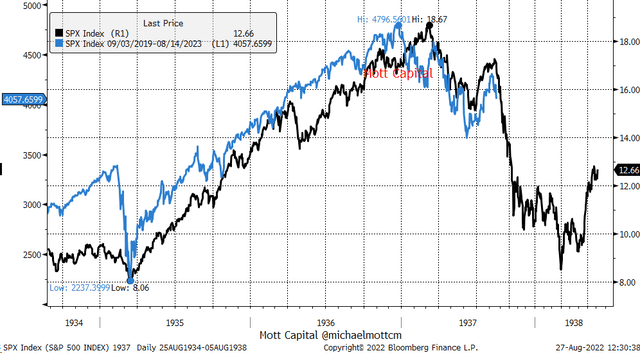
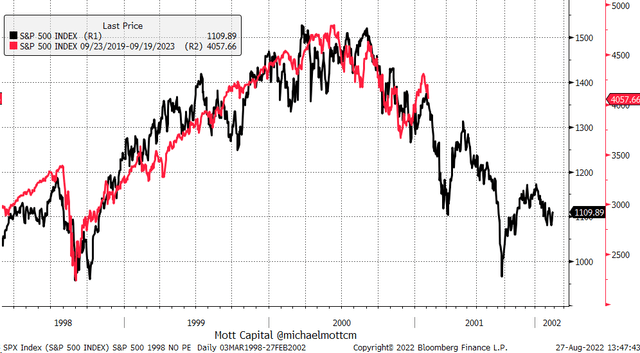
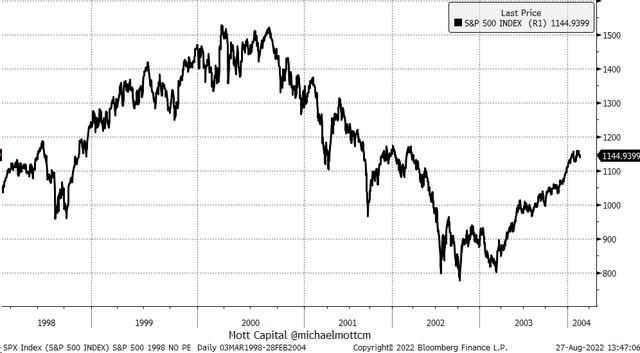
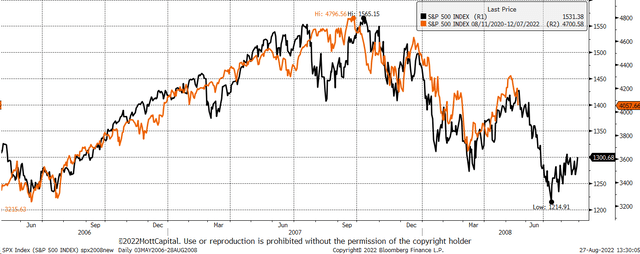
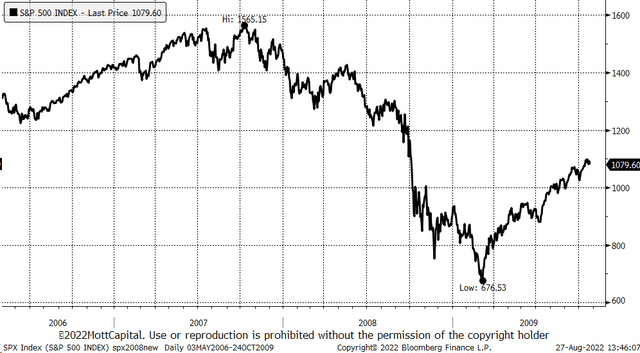
Be the first to comment